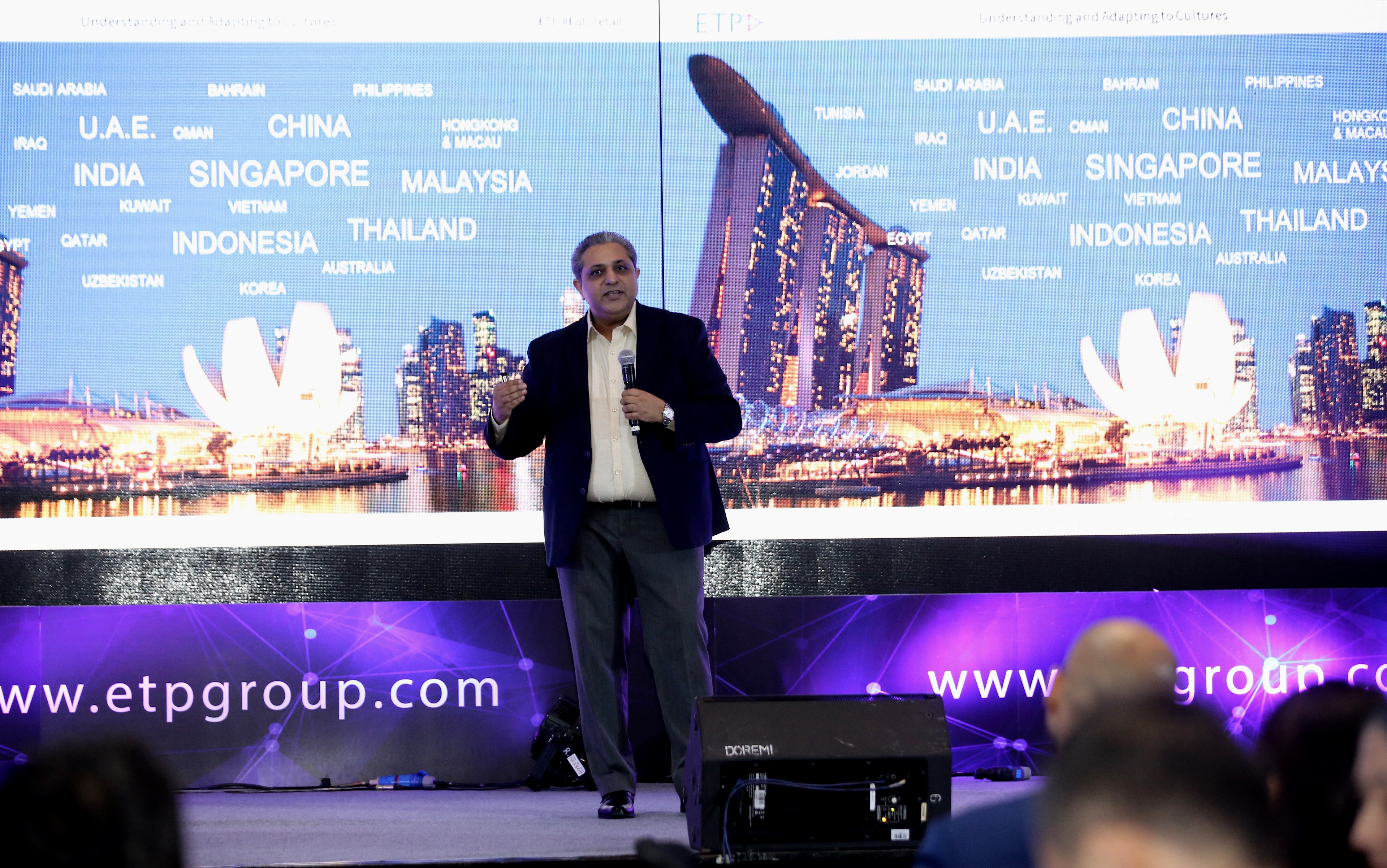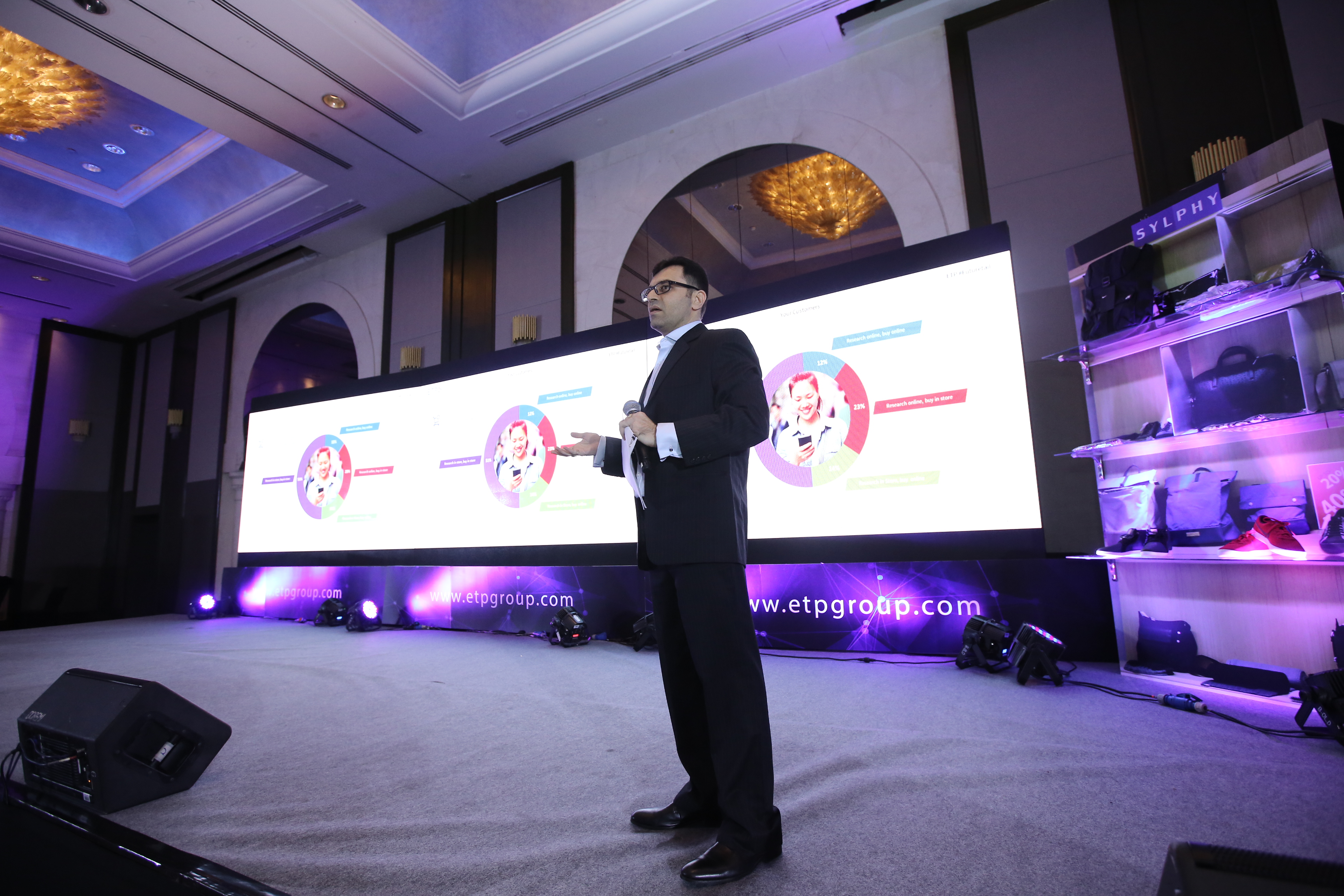
With the rise of technology, omni channel retail software has become an invaluable tool for retailers. This powerful software enables businesses to integrate their various sales channels such as online stores, physical stores, and mobile apps into a single unified platform. In today’s highly competitive retail landscape, delivering seamless customer experiences across multiple channels is crucial for business success. In this blog, let’s look at the strategies to leverage the power of omni channel retail software and enhance customer experiences.
Understand Your Customers’ Journey:
To provide seamless experiences, it is vital to understand your customers’ journey across different channels. Omni channel retail software allows you to gather and analyze data from various touchpoints, providing valuable insights into customer preferences and behaviour. Comprehending how customers interact with your brand allows you to personalize their experiences and tailor your marketing efforts accordingly.
Integrate Inventory Management:
One of the key advantages of omni channel retail software is the ability to synchronize inventory across all channels. This integration ensures accurate stock levels, preventing a customer from placing an order only to find out that the item is out of stock. With real-time inventory visibility, you can offer customers the possibility to buy online and pick up in-store or vice versa and endless aisle, improving convenience and reducing the chances of lost sales.
Provide Consistent Product Information:
Consistency in product information is essential for building trust and providing exceptional customer experiences. With omni-channel retail software, you can maintain a centralized product catalogue, ensuring that all channels display accurate and up-to-date information. Whether a customer is browsing your website, or mobile app, or visiting a physical store, they should have access to consistent details about your products, such as descriptions, pricing, and availability.
Enable Cross-Channel Communication:
Omni-channel retail software enables seamless communication between different channels, allowing customers to switch between them without disruption. For instance, a customer can start an interaction on your website and continue it through a live chat on your mobile app. This cross-channel communication ensures that customers receive consistent and timely support, enhancing their overall experience with your brand.
Personalize Customer Experiences:
Personalization is a powerful tool for creating memorable customer experiences. Omni-channel retail software can track customer preferences and purchase history, enabling you to offer personalized recommendations and promotions. By leveraging this data, you can tailor marketing campaigns to specific customer segments and deliver relevant content across all channels. Personalization enhances the customer experience, increases customer loyalty, and drives sales.
Implement a Unified Loyalty Program:
An effective loyalty program can significantly impact customer retention and engagement. With omni-channel retail software, you can implement a unified loyalty program that rewards customers regardless of the channel they choose to shop from. This integration allows customers to earn and redeem points seamlessly, encouraging repeat purchases and fostering brand loyalty.
Embrace Mobile Technology:
Mobile devices have become an essential part of customers’ shopping journeys. Omni-channel retail software provides mobile-friendly features such as mobile apps, mobile-responsive websites, and mobile payment options. By embracing mobile technology, you can engage customers on their preferred devices, offering a convenient and streamlined shopping experience.
Conclusion:
In today’s omni-channel retail landscape, leveraging the power of omni-channel retail software is vital for delivering seamless customer experiences. By understanding your customers’ journey, integrating inventory management, providing consistent product information, enabling cross-channel communication, personalizing customer experiences, implementing a unified loyalty program, and embracing mobile technology, you can create a cohesive and exceptional shopping experience that drives customer satisfaction, loyalty, and business growth.
Embrace the power of ETP omni-channel retail software and stay ahead in the competitive retail industry.











